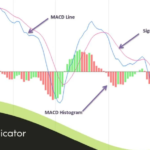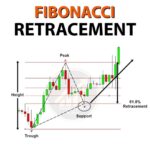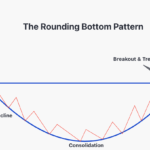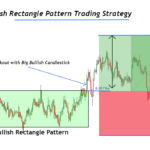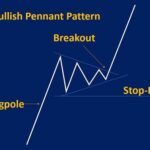Order Execution
What is Order Execution?
Order execution in investing refers to the process of completing a trade by buying or selling a financial instrument, such as stocks, bonds, or derivatives, based on the investor’s instructions. It encompasses the entire journey from the moment an order is placed until it is fulfilled in the market. Effective order execution ensures that trades are completed efficiently, at the desired price, and with minimal market impact. The quality of execution can significantly influence an investor’s overall returns, especially in volatile or high-frequency trading environments.
Types of Orders and Execution Methods
There are several types of orders used in trading, including market orders, limit orders, stop orders, and conditional orders. A market order executes a trade immediately at the best available price, while a limit order specifies a maximum or minimum price at which the trade should be executed. Stop orders become active only when a stock reaches a certain price, and conditional orders execute only when specific conditions are met.
Order execution methods vary, including manual execution, where traders place orders directly, and algorithmic execution, which uses computer algorithms to execute trades based on predefined criteria. Algorithms can help manage large orders by breaking them into smaller trades to minimize market impact and reduce costs. This is particularly useful for institutional investors dealing with high volumes of trades.
When to Focus on Order Execution
Effective order execution is crucial in several scenarios. For day traders and swing traders, timely execution is essential to capitalize on short-term price movements and achieve desired entry and exit points. In contrast, long-term investors might prioritize execution quality to ensure that trades are completed at optimal prices over extended periods. Additionally, during periods of high volatility or low liquidity, precise execution can help mitigate slippage and avoid executing trades at unfavorable prices.
Pros and Cons of Order Execution Strategies
Pros:
- Efficiency: Good execution ensures trades are completed promptly and at the desired price, reducing the risk of missed opportunities.
- Cost Control: Effective execution minimizes trading costs, including slippage and market impact, which can improve overall returns.
- Market Impact: Strategic execution methods, such as using algorithms, help mitigate the effect of large trades on market prices, preserving value.
Cons:
- Complexity: Advanced execution strategies, such as algorithmic trading, require a deep understanding of trading systems and can be challenging to manage.
- Execution Risks: Market conditions, such as high volatility or low liquidity, can lead to unexpected execution outcomes or increased trading costs.
- Technology Dependence: Algorithmic and automated execution methods depend on technology and connectivity. Technical issues or system failures can disrupt trade execution and impact performance.
In conclusion, order execution is a fundamental aspect of trading that affects how efficiently and effectively trades are completed. By selecting appropriate execution strategies, investors can enhance their trading outcomes, reduce costs, and manage market impact. However, understanding and managing the complexities and risks associated with various execution methods are crucial for achieving optimal results.


